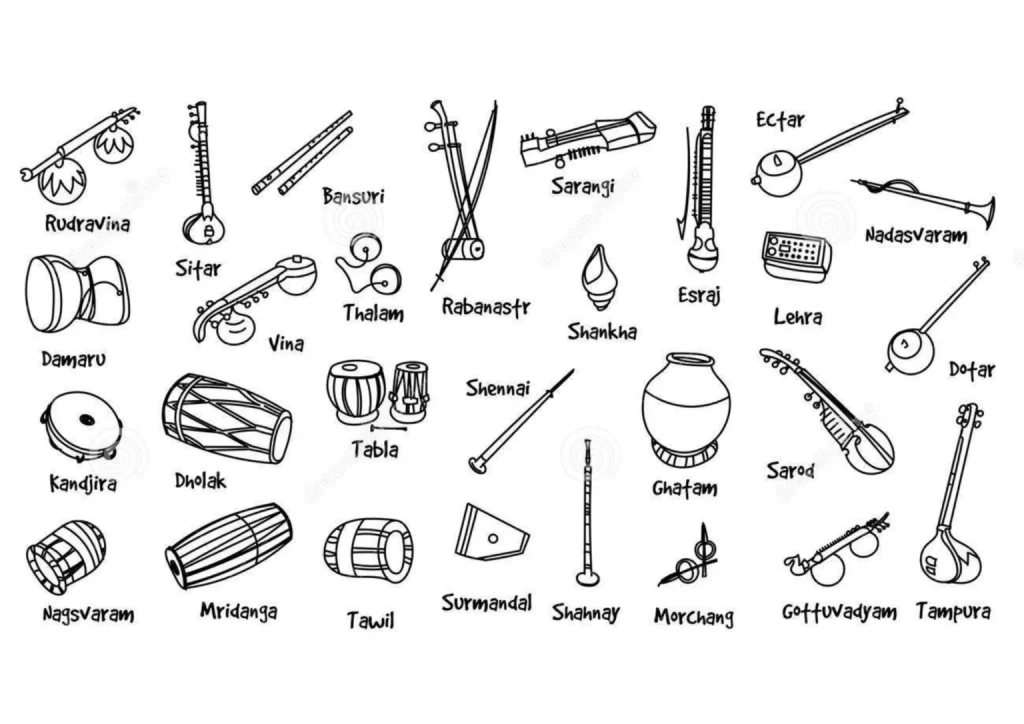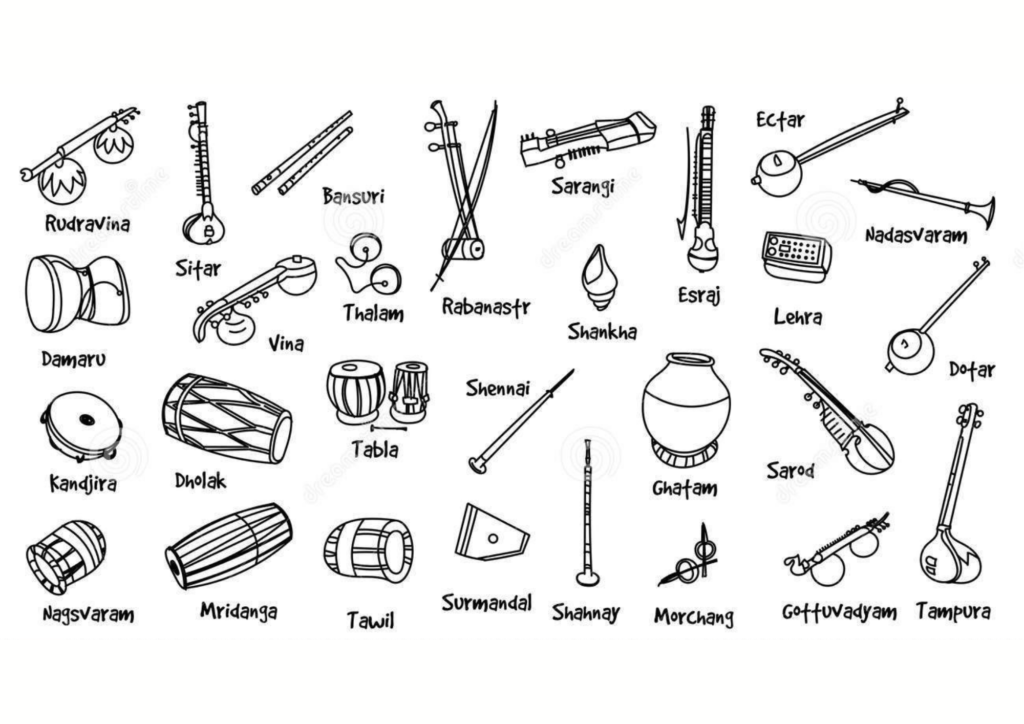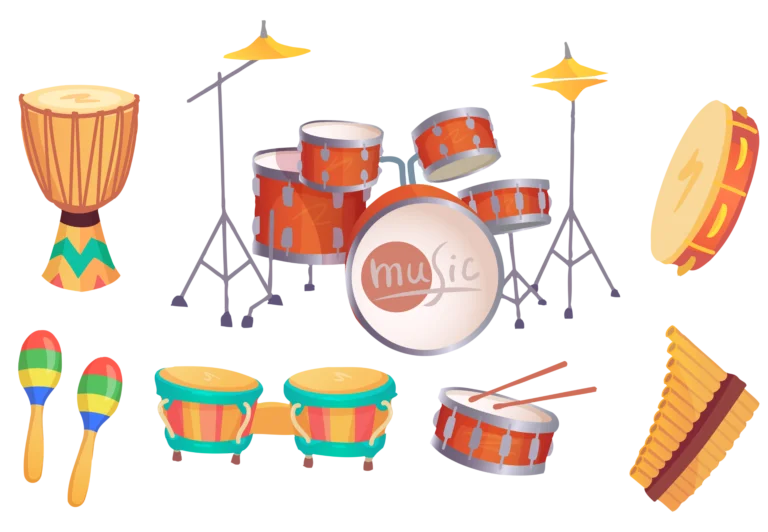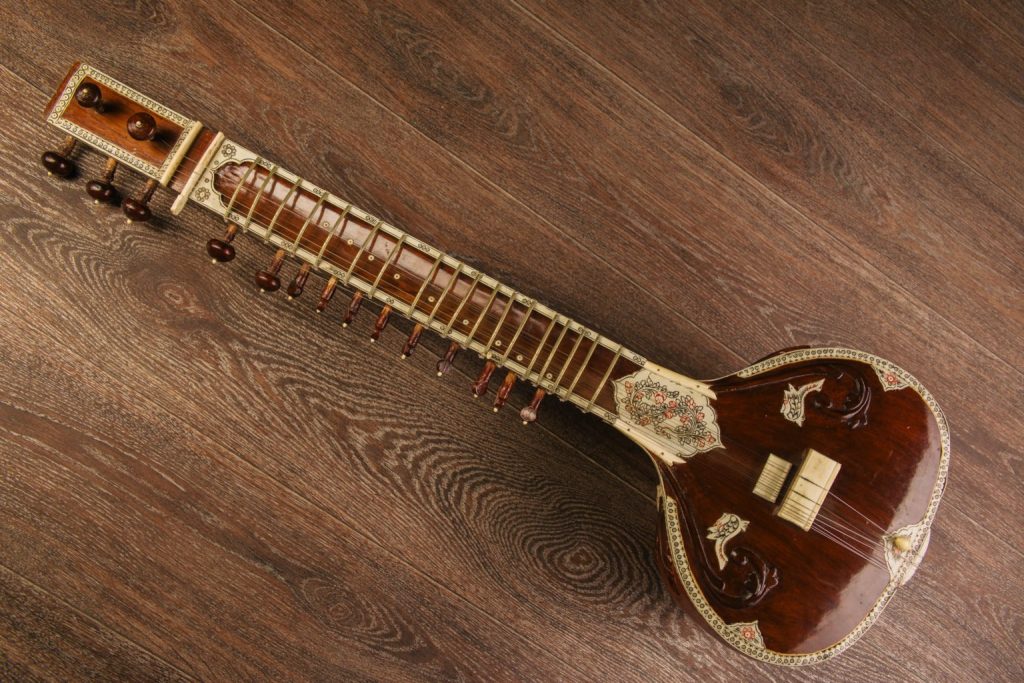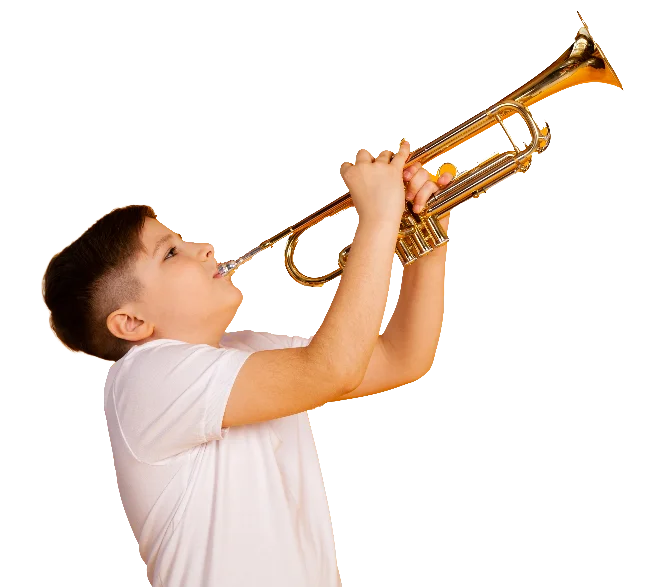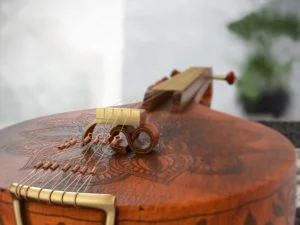Indian culture is one of the world’s oldest and most diversified cultures. India’s artistic past is reflected in the Indian classical music essence. It incorporates a wide range of instruments and songs.
Music is a worldwide phenomenon and is a part of every country and every culture.
After Western classical music, Indian classical music is by far the most popular. Having said that, it has evolved through thousands of years through interactions between people of many races and cultures. One of its most unique features is that it has two separate musical styles based on the country’s geographical diversity.
Carnatic music, which is popular in South India, and Hindustani classical music, which is popular in North India, are the two main traditions of Indian classical music. The growth of music has led to an immensely old legacy in India, dating back to the introduction of Hindustani and Carnatic music. What’s fascinating about it is that both styles have clear parallels as well as differences.
The truth is, and music lovers all over the country know it, Hindustani and Carnatic are two types of music that are not only distinct, but also reflect the North-South divide that exists in all walks of life. However, for those who are unfamiliar, this could be an intriguing journey into the world of music. Let’s look at the main distinctions between Hindustani and Carnatic music.
Origin
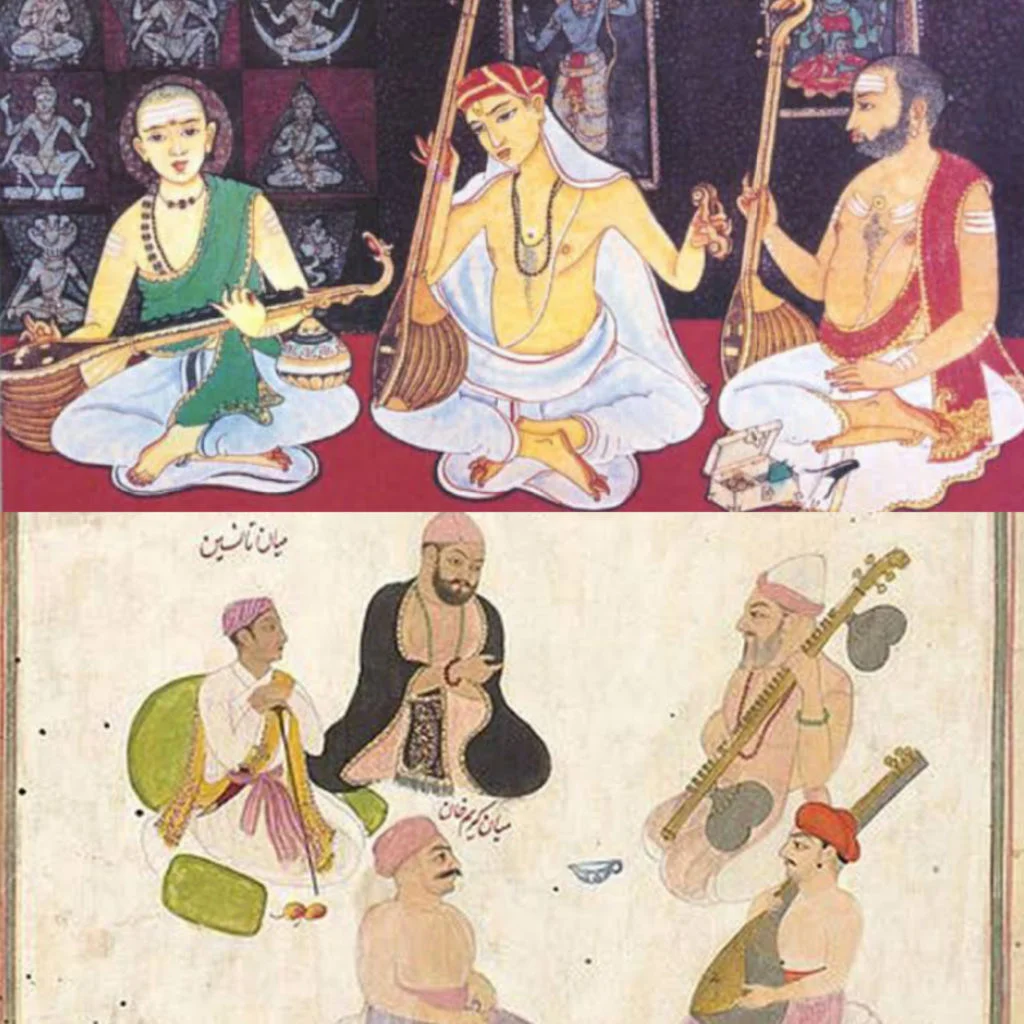
Hindustani classical music has its origins in Vedic traditions, where hymns from the Sama Veda, a sacred text, were sung rather than chanted, while Carnatic music flourished during the Bhakti movement. Hindustani music has a long history dating back to the Sufi era.
Changes between Hindustani and Carnatic music began to occur in the 12th century as a result of Persian and Mughal influences in the north. While the Carnatic music evolved in Tamil Nadu, Kerala, Andhra Pradesh, and Karnataka in the south.
While the Hindustani music subgenre was inspired by Persian music in India’s vast Northern Geography, it underwent many changes. Carnatic music, on the other hand, did not change much.
Performance
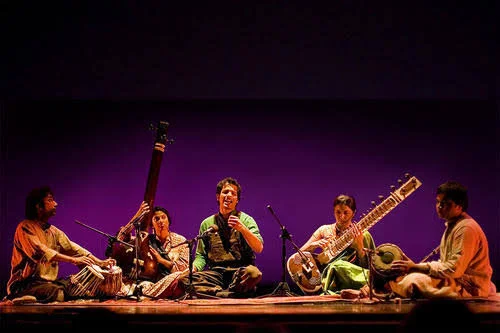
- The performance of songs that connect to a specific time of day is particularly important in Hindustani music. It will not be sung in the evening if the lyrics are about the afternoon. Carnatic music has no such limitations.
- Carnatic music often includes spiritual and philosophical themes. Hindustani music, on the other hand, contains a wide range of content, including ghazals, kajiris, thumris, and bhajans (social in nature or mythological).
- Hindustani singers have the freedom to improvise. It has a certain format of improvisation which is of more importance. In Carnatic music, however, there is no room for improvisation, hence composition gets priority. Because there is a specific manner of singing in Carnatic music, it is seemingly more rigid than Hindustani music.
- In Hindustani music, the major emphasis is on vocal music; that is, a vocal-centric group is necessary, with instruments made solely to support the singers. Carnatic music, on the other hand, emphasises both vocals and instruments because most compositions are in the gayaki format.
- Hindustani Music adopts a vocabulary that is highly formal and the expression of words is not very clear. On the other hand, in Carnatic music the expression of words is very clear and the meaning and pronunciation of the words is very important in conveying the mood of the performer.
Raga and Tala
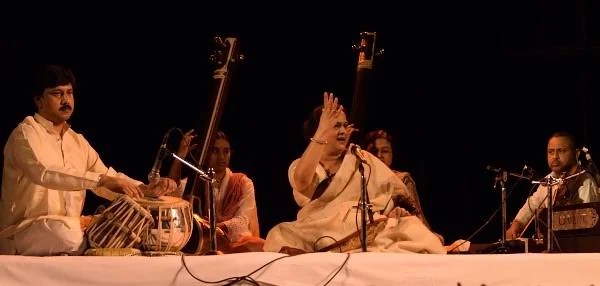
- They are the foundations of Indian music. Although Hindustani and Carnatic music share ragas, the names of the ragas and the performance style differs.
- In terms of ragas, Hindustani music has six major vocal forms: Dhrupad, Khayal, Tarana, Thumri, Dadra, and Gazal. Carnatic music, on the other hand, encompasses a wide range of 72 ragas, including Alpana, Niraval, Kalpanaswaram, and Ragam Thana Pallavi.
- In Hindustani music, there are six main ragas and ten modes or thaats. There are seven notes in the Carnatic scale that contain semitones and come with melodic constraints.
- On the one hand, Hindustani music focuses on taals, which are rhythmic patterns (the idea of Laya). Carnatic music, on the other hand, places a strong emphasis on pitch (the Sawara idea) when performing.
- Carnatic music has been written to be sung in a specific way. The singing style is less important in Hindustani music, though there are several singing traditions such as gharanas that have their roots in ancient Hindu traditions.
Tempo

- Hindustani music is very eloquent, and often in a slower tempo with long note values. The intensity of the music rises and falls depending on the emotion the performer is attempting to convey.
- Meanwhile, in Carnatic music, the tempo is often faster, with shorter note values and a more consistent rhythm. This means that it creates long slow tempo phases that design the structural features of a shorter piece.
Instruments
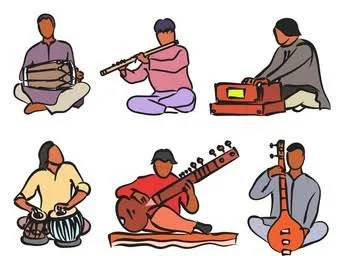
- Between the two music cultures, even the musical instruments appear to differ. There are certain parallels and contrasts between the musical instruments used to accompany a vocalist in the two types of music.
- Hindustani music, includes instruments such as the tabla, sarangi, sitar, santoor, and clarinet. Meanwhile, Carnatic music uses instruments such as the veena, mridangam, mandolin, and jalatarangam.
- Both use the violin and the flute. Because Carnatic music is predominantly vocal, any melody on the instrument is in a singing style.
Ornamentation

- To develop the emotional side of Hindustani music, there is a good degree of ornamentation and improvisation. The transition from one note to the next is gentle and fluid.
- There are quick oscillations between two notes in Carnatic music. There is less ornamentation and the music is less powerful. It has a more spiritual and intellectual tone to it.
Final Thoughts
There is no doubt that the two types of music have certain similarities, but there are also variances that are the outcome of completely separate evolutions and influences from musical legends as well as cultures (Persian in the case of Hindustani music).
Despite the vast contrasts between the two types of music, many classical music practitioners have successfully attempted fusion of Hindustani and Carnatic styles of music, mesmerising audiences at various international music festivals.
Indian classical music has a beauty that is worth knowing. If you found this article useful, please consider enrolling in one of our classes.
Return to the Podium Blog for more entertaining and educational gems like these, as well as more useful articles on music and other topics!
Also, don’t forget to catch our archive on 7 Secrets You Need To Know About Listening Music In Different Languages!
Share with your friends

